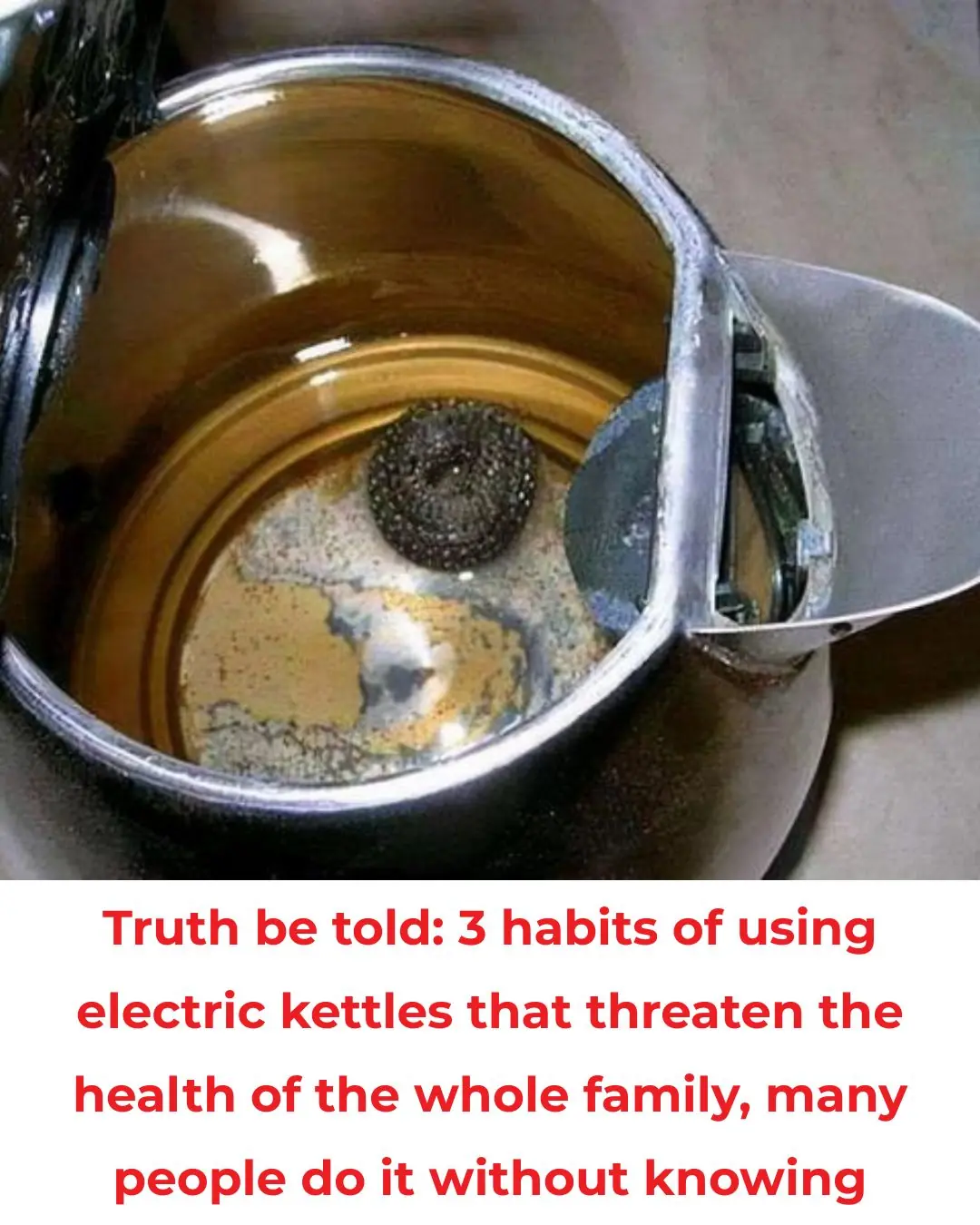
Pig skin that many people throw away unexpectedly has such wonderful uses
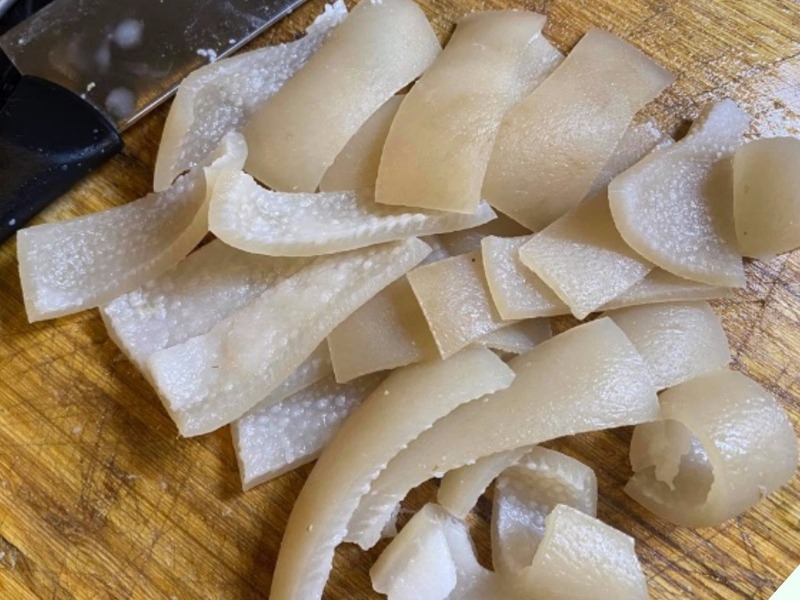
If we consume pigskin properly, we can maximize the nutritional benefits of this food, helping to combat aging and prevent cancer. Dr. Nguyễn Trọng Hưng from the National Institute of Nutrition shares the benefits and precautions when consuming pigskin:
Pigskin is a food that is rich in protein, and it is also one of the cheaper cuts of meat, with many people discarding it without considering its value.
Pigskin contains protein, lipids, and several minerals. Compared to other parts of pork, the protein content in pigskin is twice as high, while the fat content is only half. The protein in pigskin is primarily made up of keratin, elastin, and collagen, which are essential for binding cells, strengthening the body, and forming connective tissues for the skin, tendons, bones, and hair. Those with joint issues can use pigskin as a source of collagen.
Pigskin contains little carbohydrates, so eating it doesn't cause a spike in blood sugar. The fat in pigskin is similar to olive oil, mostly consisting of unsaturated fats, which are beneficial for health and help to keep you full longer. Therefore, pigskin is often included in weight-loss diets.
Additionally, pigskin contains sodium, which is beneficial for body functions, regulating glucose absorption, improving brain function, and maintaining a healthy heart.
Scientists have found that regularly consuming a moderate amount of pigskin can help slow aging and effectively prevent cancer. For women, pigskin helps to boost collagen, improving the skin, hair, and nails, while slowing down the aging process and reducing wrinkles. Therefore, when eating pork, you should not discard the skin.
Precautions when consuming pigskin:
Pigskin contains various protein components, and its fat content is relatively high. It is rich in sodium, so consuming too much can lead to indigestion. People with high blood pressure or heart conditions should limit their intake of pigskin. Those with a weak digestive system should also avoid it, as it is harder to digest; it is best to eat it boiled or stewed.
When eating pigskin, make sure to remove any remaining hair as it can harm the mucous membranes of the stomach and intestines. Pigskin, being in direct contact with the environment, is prone to bacterial contamination and spoils quickly. When buying pigskin, be sure to wash it thoroughly with saltwater or vinegar.
Pigskin is often made into a popular dish, "nem," which many people enjoy. However, housewives should be cautious not to buy nem from unreliable sources and should be wary of overly white pigskin, as it may have been bleached.
Pork parts, including pigskin, can be used in various traditional remedies to help nourish the body and boost vitality.
News in the same category


Drinking coffee adds one more thing: No worries about discolored teeth or bad breath

American doctor shows how to remove pesticides and dirt from fruits, just a few steps to reduce illness for the family

5 mistakes when drinking coffee that are harmful to your health: Especially the second type, quit immediately before it's too late

I was today years old when I found out why coins have ridges on the edges!
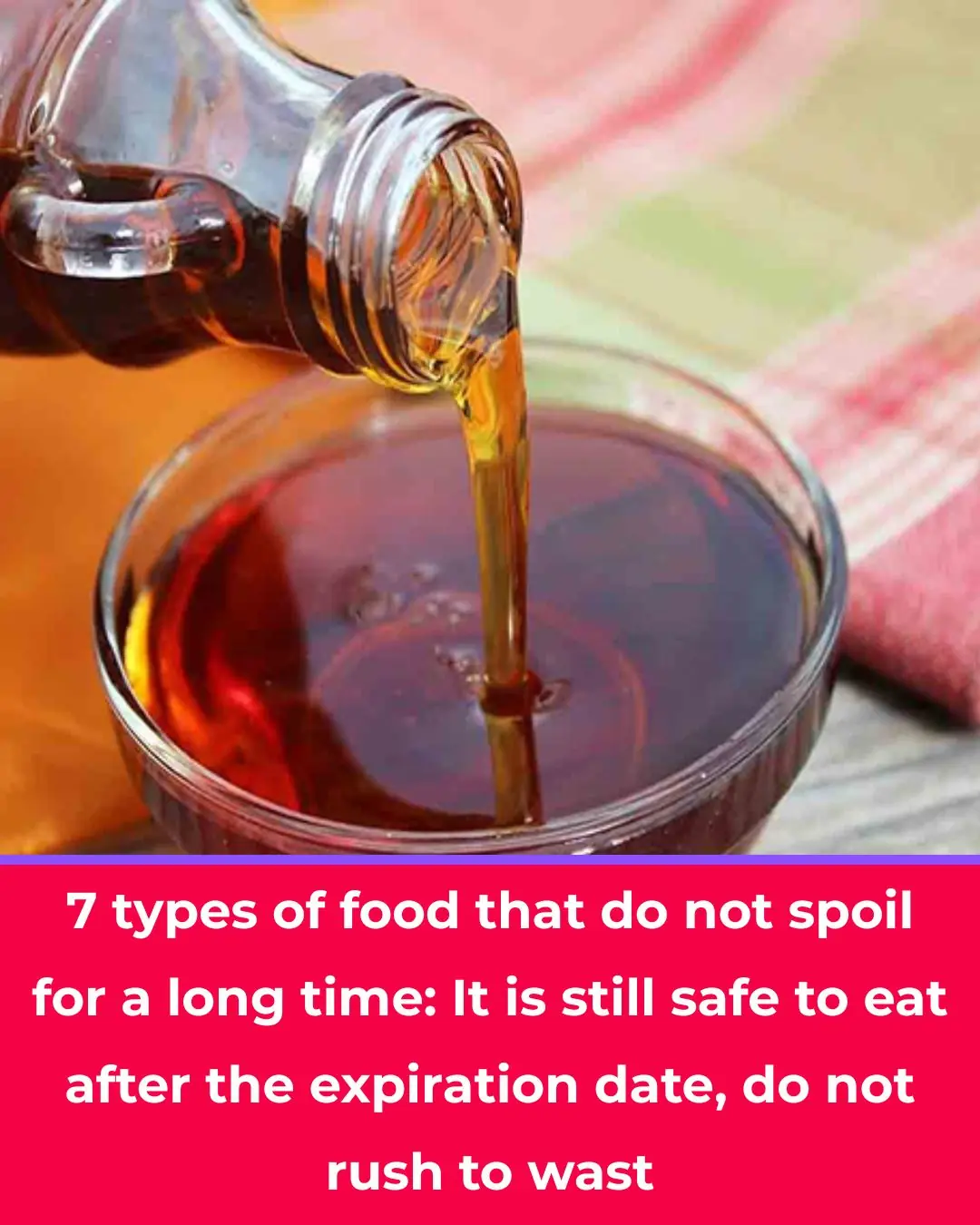
7 Foods That Don’t Spoil Easily: Still Safe to Eat Even After the Expiry Date

Here is what this little hole on the ear mean

Why You Should Never Pour Hot Water Into The Sink

The rainy season is coming: Show women how to mix laundry detergent with sugar to help repel mosquitoes and cockroaches

How to make bean sprouts from plastic bottles quickly and simply, you can eat them in 3 days

Unexpectedly reduce electricity bill with the trick of putting tissue paper in the refrigerator – Anyone can do it

Super cheap, super clean drain cleaning tips using only ingredients in the kitchen without needing a plumber

One week after applying this method, cockroaches, ants and mosquitoes no longer appeared in my house.

Just look at this point on the crab shell, 100% meat is enough to fill your teeth, husband and children praise it endlessly

No Matter How Dirty You Are, Absolutely AVOID These 7 “Dangerous Hours” When Washing Your Hair to Prevent Stroke, Sudden Illness, or Hospitalization Without Warning

3 Common Mistakes When Using Plastic Wrap That Can Cause Cancer and Are Often Made by Many People

What Do Vertical Nail Ridges Mean After 40

What Your Favorite Ice Cream Flavor Says About You

Eggplant The King of Vegetables
News Post
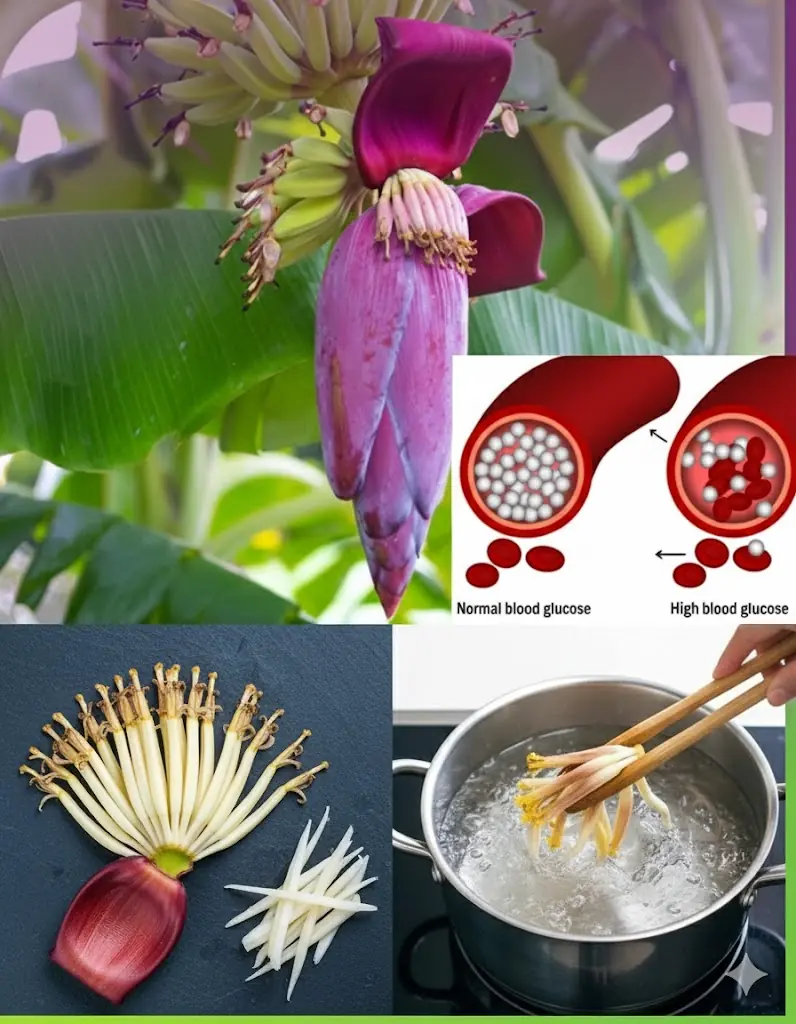
Banana Blossom: Health Benefits, Recipes, and Traditional Uses

The Stealthy Threat of the Evergreen Bagworm

Truth be told: 3 habits of using electric kettles that threaten the health of the whole family, many people do it without knowing

Drinking coffee adds one more thing: No worries about discolored teeth or bad breath

American doctor shows how to remove pesticides and dirt from fruits, just a few steps to reduce illness for the family

5 mistakes when drinking coffee that are harmful to your health: Especially the second type, quit immediately before it's too late
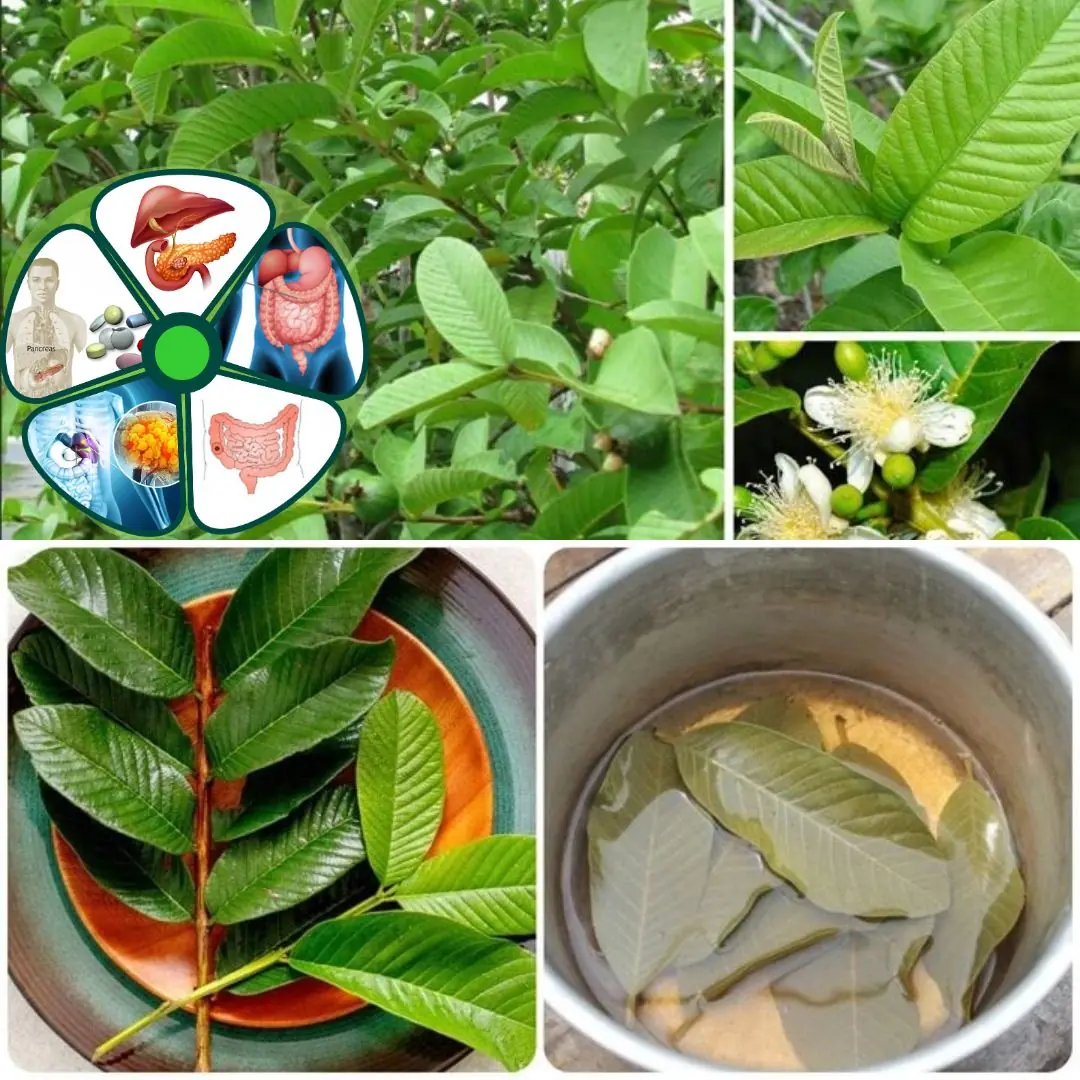
25 Incredible Benefits of Guava Leaves
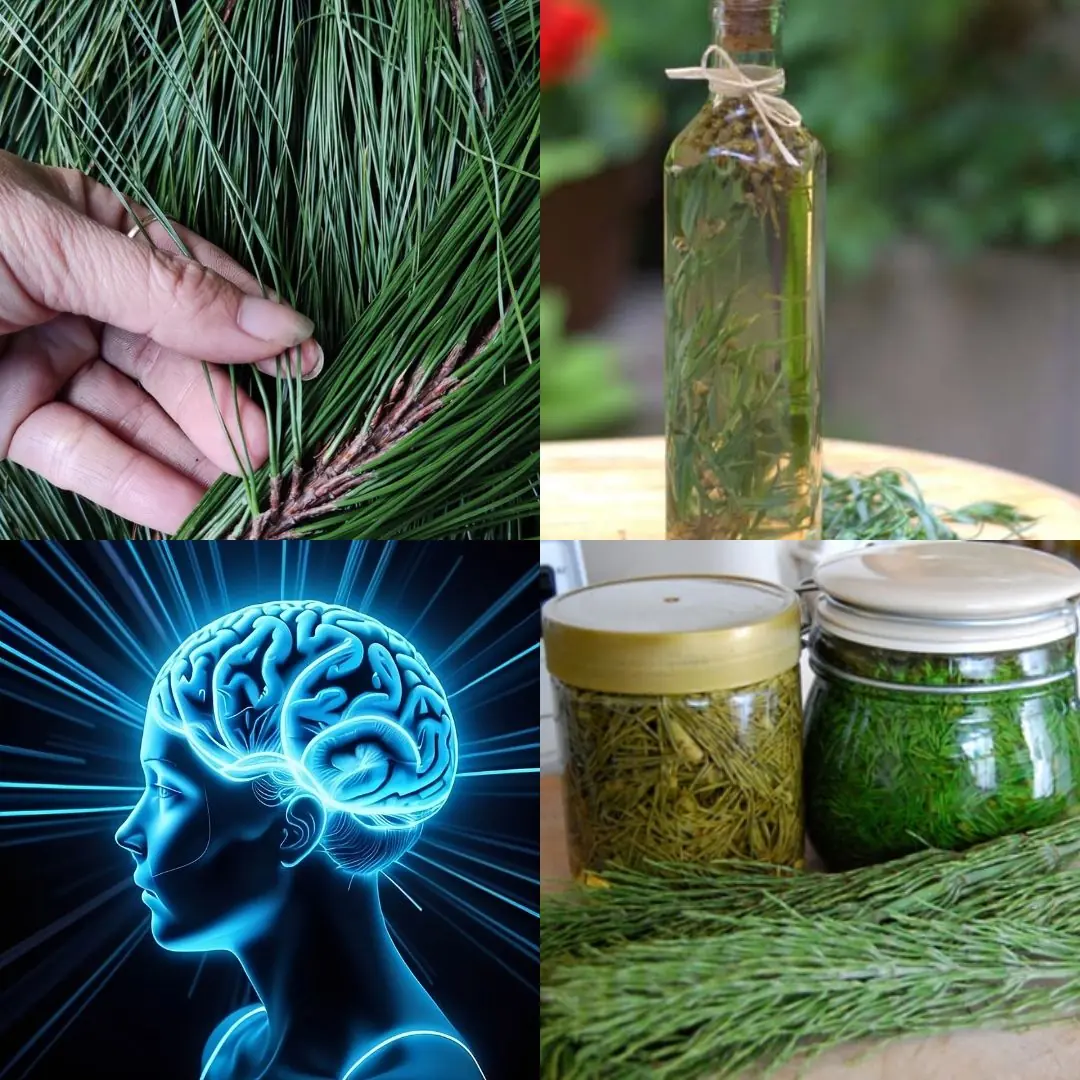
Most people underestimate the power of pine needle sprite (better than you think)

A Rare Alignment of 7 Planets Is Taking Place in The Sky This Week

The World’s Oldest Bridge Is Still In Use, and You Can See It In Greece

Lyrid meteor shower peaks after Easter: How to spot the most ‘shooting stars’

Austria: 33 Interesting Facts You Might Not Know

The tiny round hole on your nail clipper has a real job — and a few clever (safe) extras
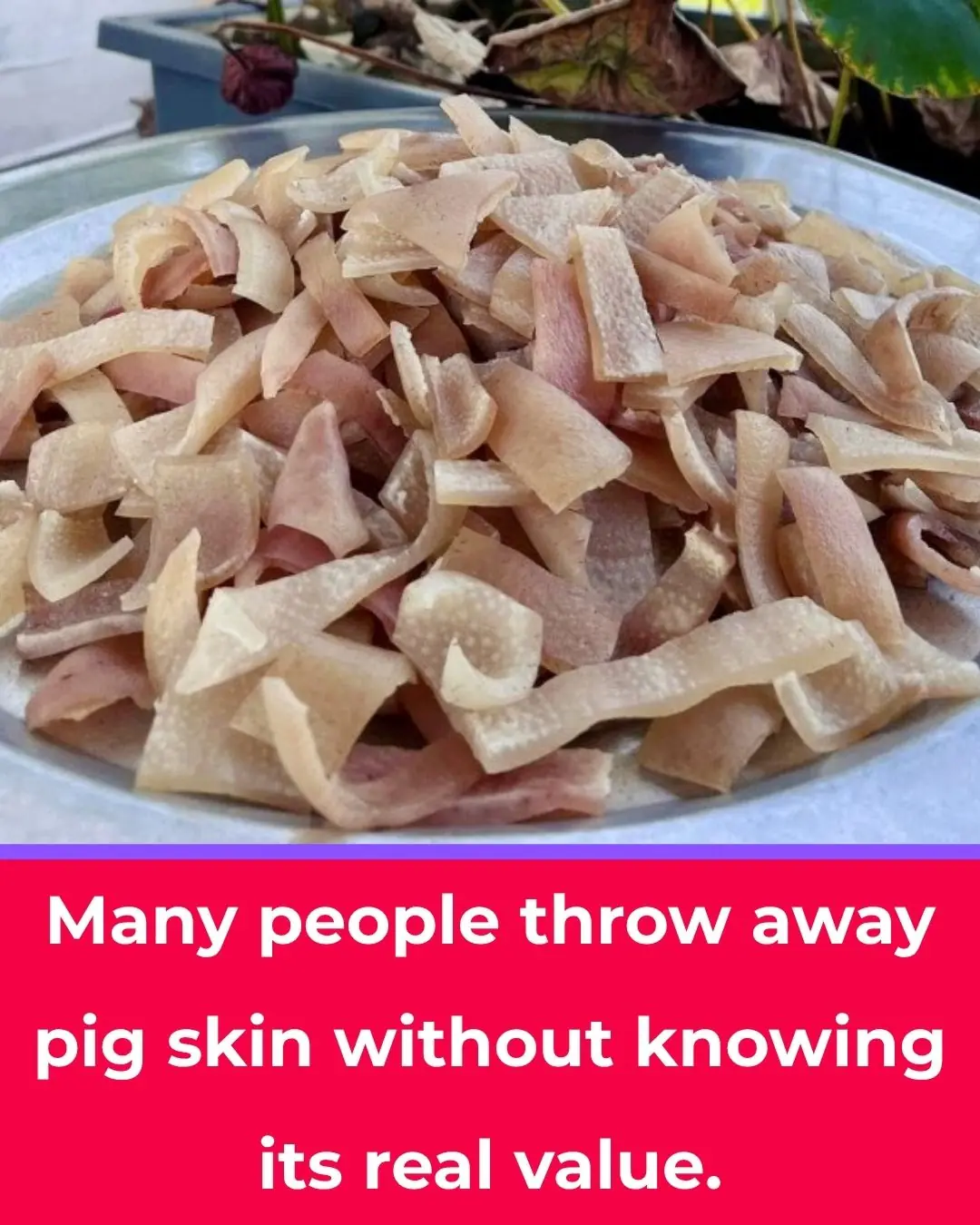
Pork skin: the cheap cut many people discard — and how to use it wisely for nutrition and safety

15 Interesting Travel Facts You May Not Know About Italy
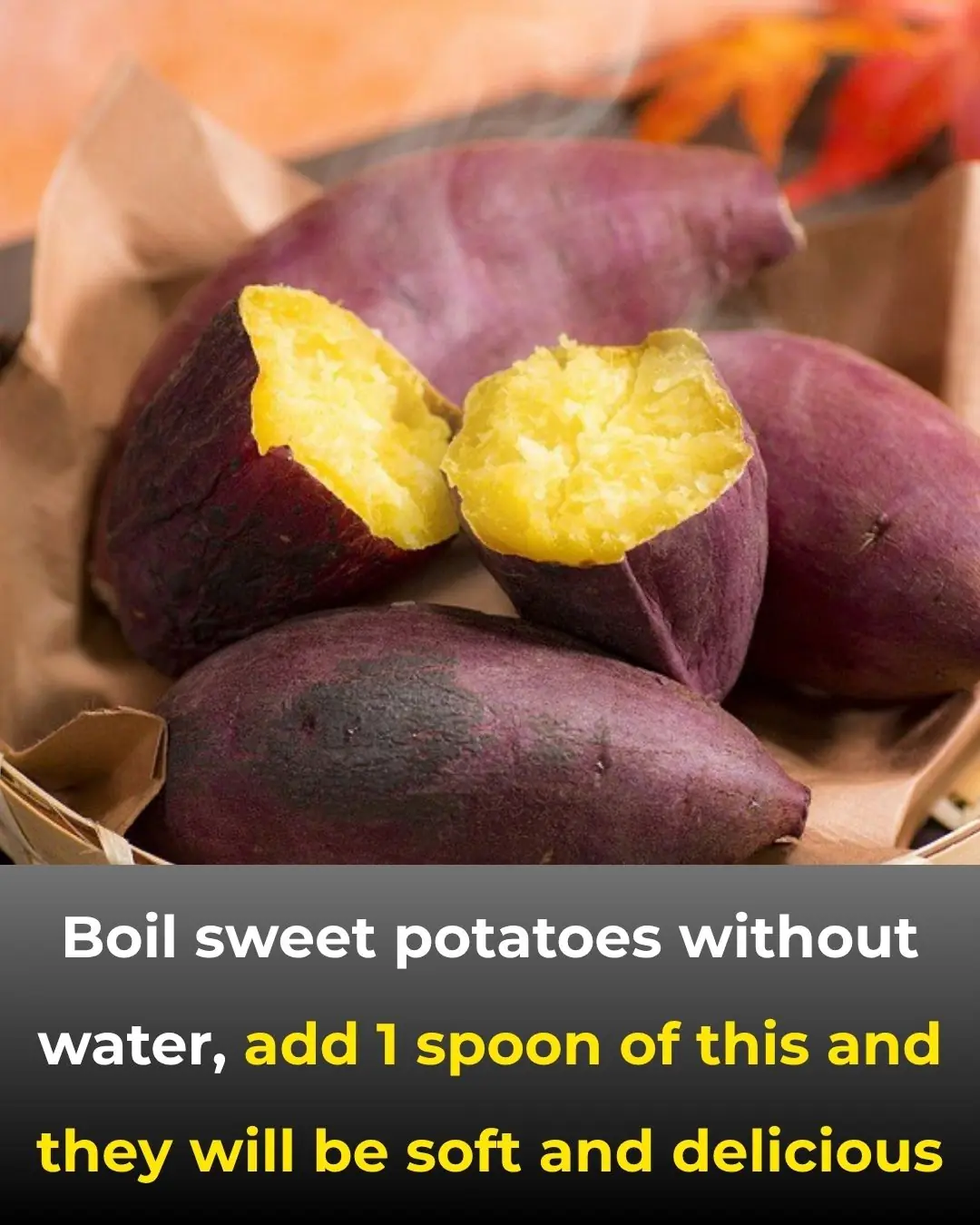
Boiled sweet potatoes: don’t use plain water—add a spoon of this for fluffy, deeply sweet results

3 powerful health benefits of using a bidet — plus a bonus for the planet

How to store fresh ginger so it lasts for months (even without a fridge)
